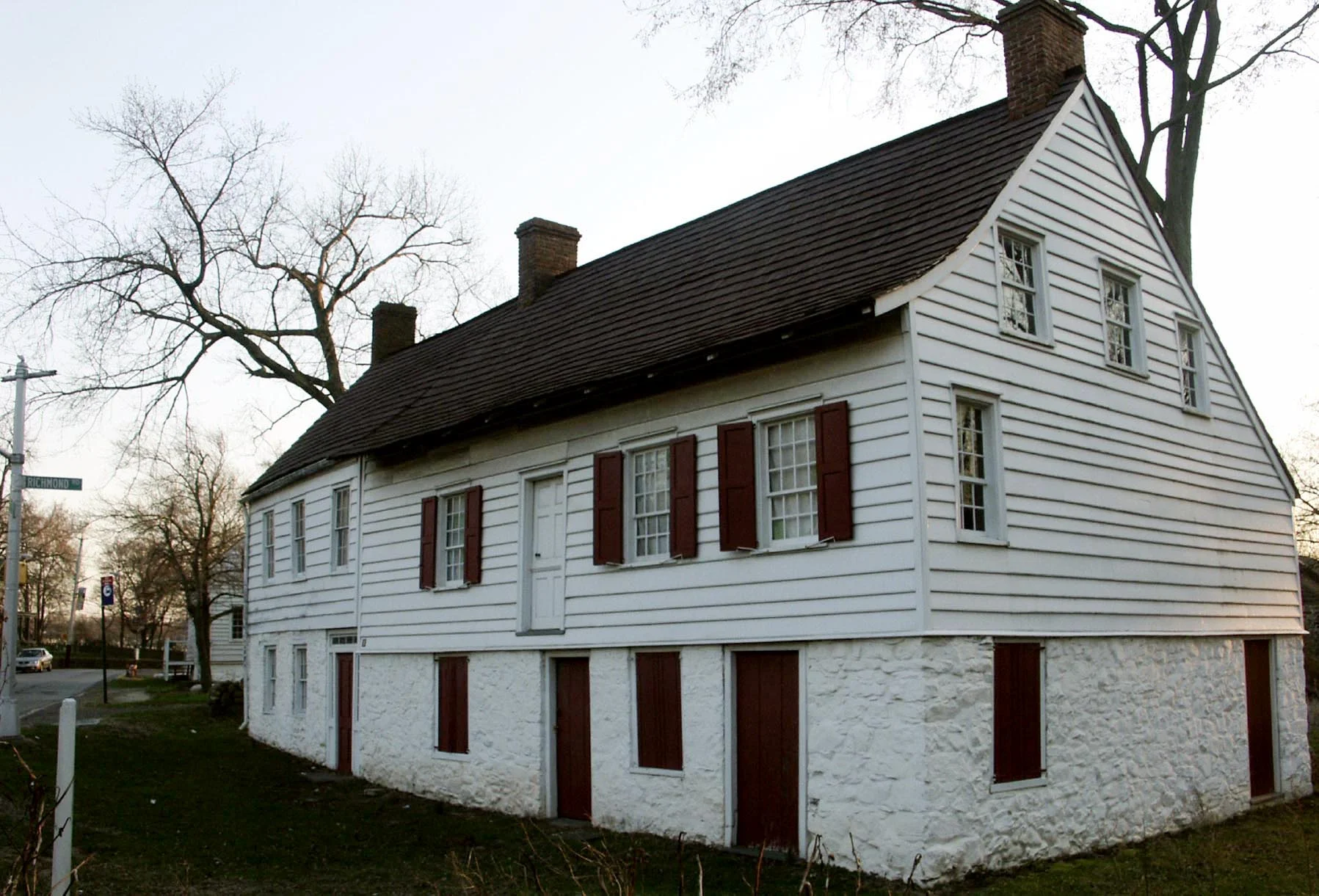The Guyon-Lake-Tysen House is unusually large by 18th-century Staten Island standards and represents a substantial, prosperous way of life. It was constructed as a farmhouse and was used as such for most of its history. It was situated in an area of large, fertile farm plots of substantial acreage.
This house was built ca. 1810. It is a simple, one and one-half story wood frame building with a rubble stone basement. Its original location was on Richmond Avenue in New Springville. It was moved to Historic Richmond Town in 1965. The architecture is vernacular in style, with Dutch and Flemish influences.
Read MoreThe Britton Cottage is a one and one-half story fieldstone and wood frame farmhouse. The center section of the house dates to ca. 1670. Two additions were built ca. 1760, and a lean-to was added prior to 1840.
Read MoreThe Kruser-Finley House is set back from the north side of Richmond Road, east of the intersection with Richmond Hill Road. It was originally located in nearby Egbertville, on the south side of Richmond Road (once known as Black Horse Road), east of Hitchcock Avenue. It was moved to Historic Richmond Town in 1965.
The Kruser-Finley House is a 1 ½ story clapboard residence with a fieldstone foundation and an unfinished basement. It is composed of two sections; the newer, eastern section is lower in height and is sided with shingles. It was built ca. 1790, with additions ca. 1820 and ca. 1840-1890.
Read MoreDunn's Mill was one of eleven mills that operated on Staten Island during the 1700s and 1800s. It was situated by the Richmond Creek, across the road from St. Andrew's Church. John Dunn purchased the land in 1795, and began operating his gristmill ca. 1800.
Read MoreBuildings were constructed on this site between ca. 1729 and ca. 1828 to serve a variety of county functions. A reconstructed wood frame marks the location today, at the intersection of Richmond Road, Arthur Kill Road, and Richmond Hill Road.
Read MoreThe stone arch Town Bridge passes over Richmond Creek, connecting Arthur Kill Road and Richmond Hill Road. The current structure, composed of dressed fieldstone, was erected in 1845 and is the only remaining 19th-century stone arch bridge on Staten Island. It connects two of the oldest roads on Staten Island.
Read MoreHemsley Hall is located at 980 Richmond Hill Road. It is used by the Church of St. Andrew and is also available as space for community functions.
Read MoreAnglicans established the Church of St. Andrew at the head of the Fresh Kills in the early 18th century. A graveyard and church were begun by 1709 and the stone church building completed in 1712, adding a major institutional presence to the growing hamlet of Richmond. The church was granted its charter by Queen Anne in 1713.
Read MoreThe Treasure House stands on its original site on Arthur Kill Road at the foot of Richmond Road, across Richmond Creek from the Church of St. Andrew. The house is an example of early American architecture that arose from European traditions transplanted to the New World.
Read More








